Non Alcoholic Beverages Market Summary
As per MRFR analysis, the Non-Alcoholic Beverages Market Size was estimated at 1081.71 USD Billion in 2024. The Non-Alcoholic Beverages industry is projected to grow from 1127.06 USD Billion in 2025 to 1699.38 USD Billion by 2035, exhibiting a compound annual growth rate (CAGR) of 4.19 during the forecast period 2025 - 2035.
Key Market Trends & Highlights
The Non-Alcoholic Beverages Market is experiencing a dynamic shift towards health-conscious and sustainable options.
- The market is increasingly driven by a focus on health and wellness, with consumers seeking beverages that offer functional benefits.
- Sustainability and ethical sourcing are becoming paramount, influencing product development and consumer choices in North America and Asia-Pacific.
- Innovation in product offerings, particularly in the carbonated beverages segment, is essential to capture the evolving tastes of consumers.
- Health consciousness and convenience are major drivers, as seen in the growth of functional drinks and the rise of online retail channels.
Market Size & Forecast
| 2024 Market Size | 1081.71 (USD Billion) |
| 2035 Market Size | 1699.38 (USD Billion) |
| CAGR (2025 - 2035) | 4.19% |
Major Players
Coca-Cola (US), PepsiCo (US), Nestle (CH), Dr Pepper Snapple Group (US), Monster Beverage Corporation (US), Red Bull GmbH (AT), Unilever (GB), Kraft Heinz (US), Danone (FR)
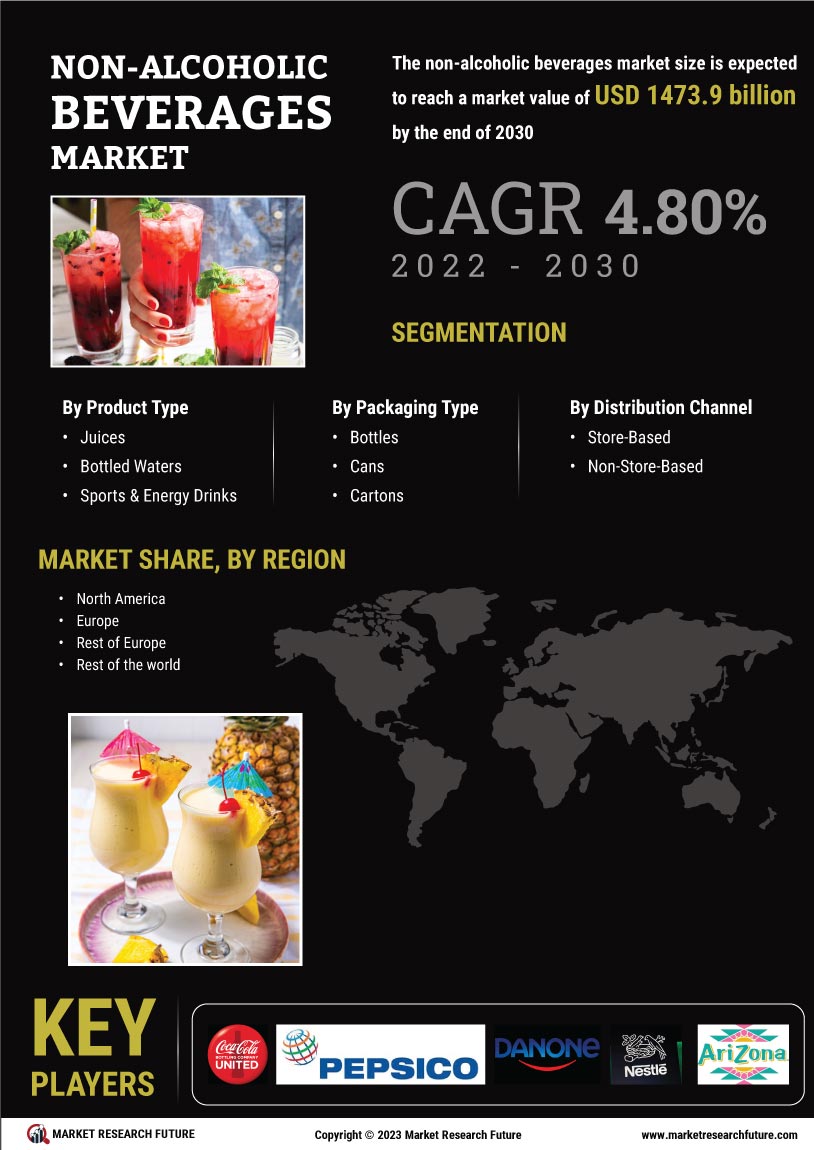

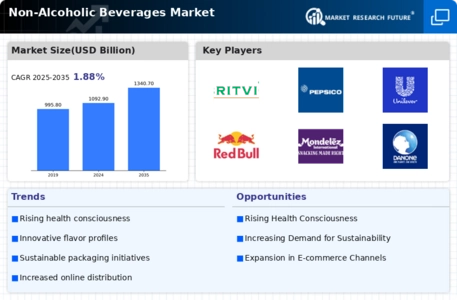
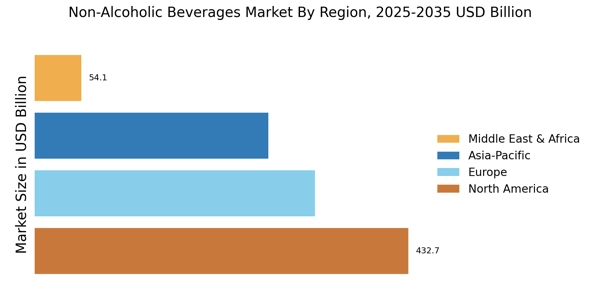
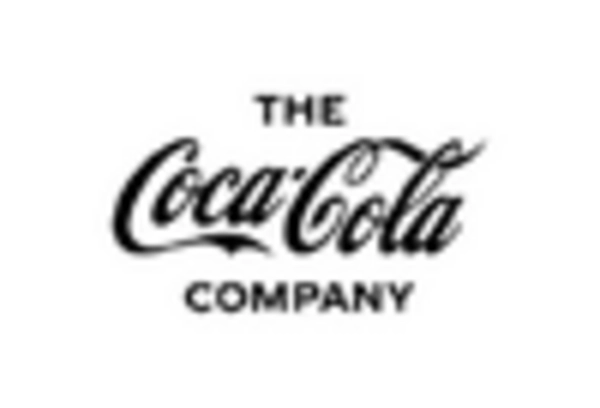
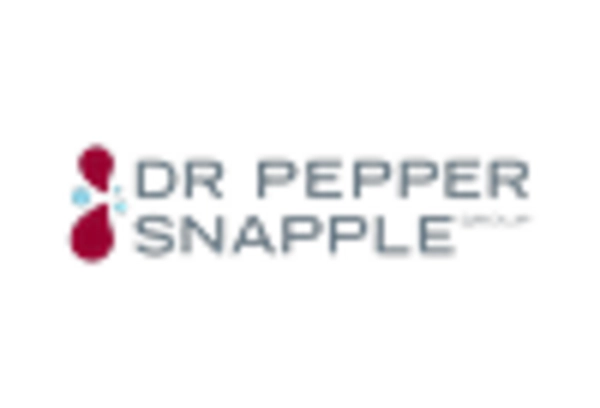
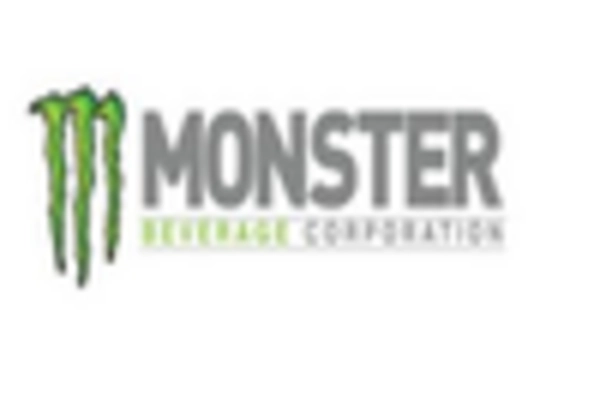

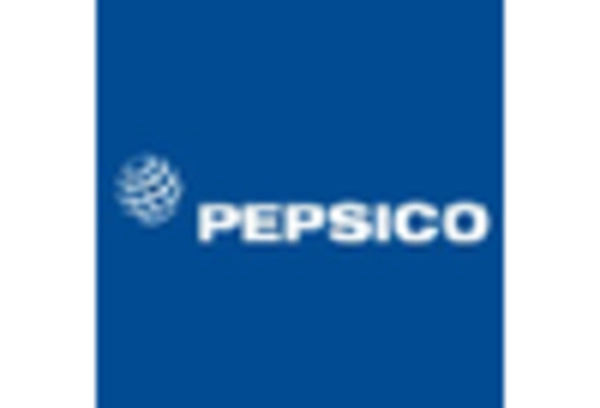
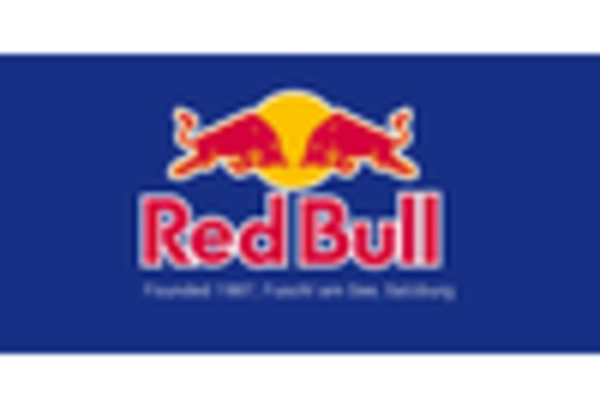








Leave a Comment